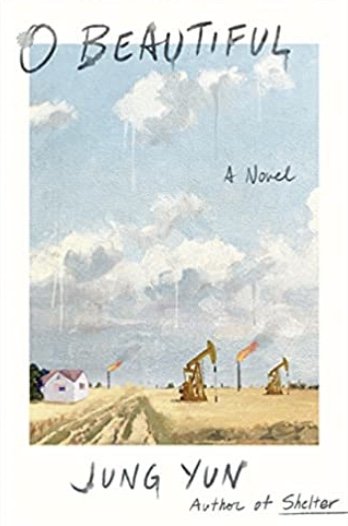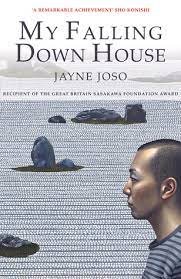Balzac and the Little Chinese Seamstress by Dai Sijie (Vintage)
Balzac and the Little Chinese Seamstress by Dai Sijie was originally published in 2000 and translated into English in 2001 by Ina Rilke. It is a semi autobiographical story set in the Republic of China during the latter part of the Cultural Revolution. The book was adapted into a film which was directed by the author and was released in 2002.
Two youths from the city are sent to the village by a mountain called Phoenix of the Sky for “re-education”. The place consisted of twenty small villages clustered around the mountain and took in about five or six young people. The village at the summit of the mountain was the smallet and poorest and could only afford two people - the narrator and his friend Luo. The largest village was Young Jing which Luo describes as “so small that when the local canteen prepared a dish of beef and onions the smell reached the nose of every single inhabitant.”
The narrator and protagonist of the story gives us a little background on what “re-education” entails. “Towards the end of 1968, the Great Helmsman of China’s Revolution, Chairman Mao, launched a campaign that would leave the country profoundly altered. The universities were closed and all the ‘young intellectuals’, meaning boys and girls who had graduated from high school, were sent to the countryside to be ‘re-educated by the poor peasants’”.
The two boys were refused permission to enter high school and then they were labeled ‘young intellectuals’ because their parents were labelled as ‘enemies of the people”. The narrator’s parents were doctors. His father was a lung specialist and his mother was a consultant for parasitic diseases. His childhood friend Luo who was sent with the narrator to be ‘re-educated’ had lived next door and the two were best friends who grew up together sharing all sorts of adventures. Luo’s father’s crime was being a ‘Reactionary”.
The two boys have a friend named Four-Eyes who is also being ‘re-educated' in a nearby town. Four-Eyes is the son of a writer and a poet and he has a suitcase full of forbidden books, Western ‘reactionary’ novels translated into Chinese. Luo and the narrator convince Four-Eyes to lend them one of his books after helping him with one of his jobs. He reluctantly lends the two his copy of Balzac’s Ursule Mirouet.
In the town where Four-Eyes lived, the boys met the daughter of the tailor. His services were very much in demand so he was often absent from home. The daughter was known as “the Little Seamstress”. She was the most beautiful girl in the Phoenix of the Sky and the two boys were taken in by her beauty and intelligence. They would make many trips to see her and to read to her from the books of classic literature - Charles Dickens, Alexandre Dumas, Victor Hugo, Tolstoy, and more.
The narrator asks his friend if he’s fallen in love with her to which Luo replies, “She’s not civilized, at least not enough for me.” It was as if Luo wanted to educated the little seamstress himself and although the narrator was also madly infatuated with her, he decides to help his friend Luo as best he can.
Balzac and the Little Chinese Seamstress is more than just a coming of age story. It is a story of friendship and romance. It is a story of how humor and education can defy an oppressive system. The Western ‘reactionary’ literature helps the boys forget their woes of hauling buckets of excrement on their backs or working in the coal mine and it opens the eyes to a bigger world for the little seamstress.
The book epitomizes the old adage “The pen is mightier than the sword”. It shows how the world of books is more life-changing than any government or politicians and this continues to be true today. ~Ernie Hoyt








